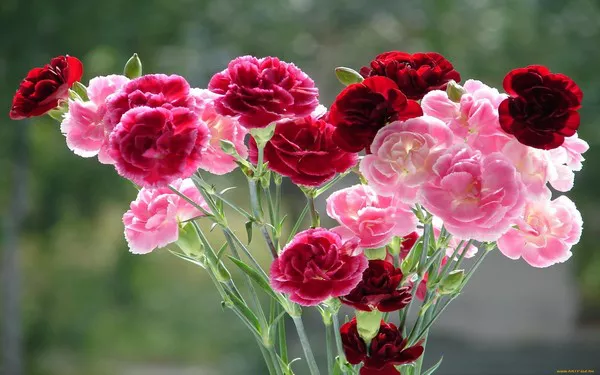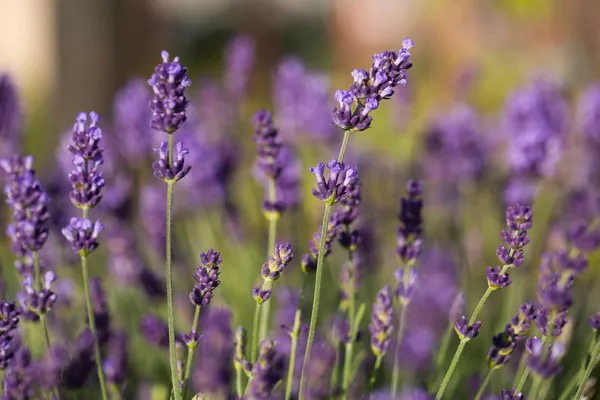Flowers, with their vibrant colors and enchanting fragrances, have captivated humanity for centuries. Beyond their aesthetic appeal, flowers play a significant role in various cultural, symbolic, and commercial contexts. Some flowers, due to their timeless beauty and universal significance, have become perennial favorites among consumers. In this exploration of the 10 best-selling flowers of all time, we delve into the rich history, symbolism, and commercial success of these floral wonders.
10 Best Selling Flowers of All Time
1. Roses (Rosa spp.)
No list of best-selling flowers would be complete without the mention of roses. Revered for their timeless beauty and diverse colors, roses have secured their place as the ultimate symbol of love and passion. With varieties ranging from classic red to delicate pink and vibrant yellow, roses are versatile and fit various occasions. From romantic gestures to celebratory events, the global demand for roses continues to make them one of the top-selling flowers year after year.
2. Carnations (Dianthus caryophyllus)
Carnations, with their ruffled petals and long-lasting blooms, hold a special place in the floral market. Known for their symbolism of love and fascination, carnations are often chosen for bouquets and arrangements. Their availability in a wide range of colors, including red, pink, white, and even bi-color variations, contributes to their popularity. Carnations are also valued for their resilience, making them a preferred choice for both fresh and dried floral arrangements.
3. Lilies (Lilium spp.)
Lilies, with their elegant and trumpet-shaped blooms, are revered for their striking appearance and rich symbolism. These flowers are associated with purity, renewal, and the transcendent beauty of nature. Oriental Lilies, Stargazer Lilies, and Calla Lilies are among the popular varieties that grace floral arrangements and gardens worldwide. The versatility of lilies, suitable for both formal and casual settings, contributes to their enduring popularity.
4. Tulips (Tulipa spp.)
Tulips, with their vibrant hues and distinctive cup-shaped blooms, have enchanted flower enthusiasts for centuries. Originating from Central Asia, tulips gained immense popularity in the Netherlands during the 17th century, a period known as “Tulip Mania.” Today, tulips continue to be sought after for their simplicity and elegance. With an extensive range of colors and varieties, including the coveted parrot and fringed tulips, these flowers remain a top choice for gardens and floral arrangements.
5. Daisies (Bellis perennis and other species)
Daisies, with their cheerful and simple appearance, are beloved for their charm and natural beauty. Often associated with innocence and purity, daisies come in various species and varieties. The classic white-and-yellow daisy is a familiar sight in gardens, while Gerbera Daisies, with their bold colors and large blooms, have gained popularity in the cut flower market. Daisies’ enduring appeal lies in their ability to convey a sense of joy and simplicity.
6. Orchids (Orchidaceae family)
Orchids, with their exotic and intricate blooms, represent one of the largest and most diverse flower families. Revered for their elegance and symbolism of love, beauty, and luxury, orchids have become sought-after flowers for various occasions. Phalaenopsis (moth orchids), Cattleya, and Dendrobium are among the popular orchid varieties that command a significant presence in the floral market. Orchids’ longevity and unique aesthetics contribute to their appeal as both potted plants and cut flowers.
7. Chrysanthemums (Chrysanthemum spp.)
Chrysanthemums, often referred to as “mums,” hold a special place in global floral culture. These flowers, native to Asia, have become symbolic of various sentiments, including love, joy, and longevity. In many cultures, chrysanthemums are associated with honoring the deceased and are commonly used in funeral arrangements. With a wide array of colors and forms, including pompon, spider, and daisy types, chrysanthemums remain popular for both ornamental and ceremonial purposes.
8. Sunflowers (Helianthus annuus)
Sunflowers, with their bold and cheerful appearance, have earned a spot as one of the best-selling flowers globally. Native to North America, sunflowers are known for their bright yellow petals and distinctive brown centers. Symbolizing adoration and loyalty, sunflowers are popular choices for both decorative and celebratory arrangements. Their association with sunshine and positive energy makes them a favorite among flower enthusiasts and gardeners alike.
9. Geraniums (Pelargonium spp.)
Geraniums, with their vibrant and long-lasting blooms, are renowned for their versatility and adaptability. These flowers, commonly used in gardens, window boxes, and hanging baskets, are appreciated for their vibrant colors and unique foliage. Geraniums come in various species, including zonal, ivy-leaved, and scented geraniums, each offering a distinct appeal. Their resilience and ease of care contribute to their popularity as both bedding plants and potted flowers.
10. Daffodils (Narcissus spp.)
Daffodils, with their trumpet-shaped blooms and vibrant yellow or white petals, are harbingers of spring and renewal. These flowers symbolize new beginnings and are often associated with positive sentiments. Daffodils, including varieties like the classic trumpet daffodil and the delicate poet’s narcissus, are widely planted in gardens and used in springtime floral arrangements. Their early bloom and captivating appearance contribute to their status as a perennial favorite.
See Also: You May Not To Know:10 Best Indoor Plants
Symbolism and Cultural Significance
Each of the best-selling flowers mentioned above carries its own unique symbolism and cultural significance, adding depth to their popularity. Understanding the meanings associated with these flowers enhances their value and purpose in different contexts:
Roses: Symbolize love, passion, and beauty. Different colors convey various sentiments, with red roses representing romantic love, pink roses symbolizing gratitude, and white roses signifying purity and innocence.
Carnations: Carry meanings of love, fascination, and admiration. Different colors of carnations are associated with various emotions, with red symbolizing deep love and pink conveying gratitude.
Lilies: Represent purity, renewal, and the transcendent beauty of nature. Oriental Lilies are often associated with wealth and prosperity, while Stargazer Lilies symbolize ambition and encouragement.
Tulips: Symbolize love, forgiveness, and cheerfulness. Different colors of tulips convey distinct messages, with red tulips representing deep love and white tulips symbolizing forgiveness.
Daisies: Convey innocence, purity, and simplicity. Daisies are often associated with feelings of joy and are considered symbols of new beginnings.
Orchids: Symbolize love, beauty, and luxury. Orchids have cultural significance in various countries, representing refinement, charm, and the expression of rare and delicate beauty.
Chrysanthemums: Hold meanings of love, joy, and longevity. In many Asian cultures, chrysanthemums are associated with honor and respect for the deceased.
Sunflowers: Symbolize adoration, loyalty, and positivity. Sunflowers are often associated with the sun and are considered symbols of warmth and happiness.
Geraniums: Represent positivity, friendship, and happiness. Geraniums are often used as gifts to convey positive sentiments and well-wishes.
Daffodils: Symbolize new beginnings, renewal, and the arrival of spring. Daffodils are often associated with positive energy and the promise of a brighter future.
Conclusion
The best-selling flowers of all time, from the classic elegance of roses to the vibrant cheerfulness of sunflowers, embody the timeless beauty and cultural significance that flowers bring to our lives. Beyond their aesthetic appeal, flowers serve as messengers of emotions, symbols of cultural traditions, and agents of well-being.
As we explore the rich history, symbolism, and commercial success of these flowers, it becomes evident that their popularity transcends generations and borders. Roses continue to be the epitome of love, carnations convey admiration, and lilies symbolize purity—all contributing to the universal language of flowers.
You Might Be Interested In:










![10 Most Richest Cities in the United States [Revealed!]](https://www.validdownloads.com/wp-content/uploads/2023/12/Manjula-Pothos.webp)















